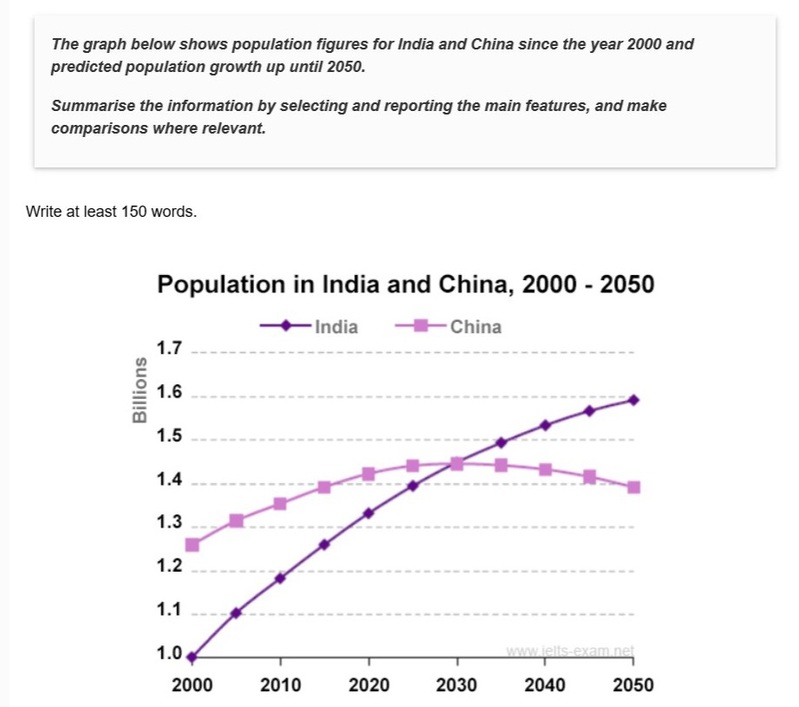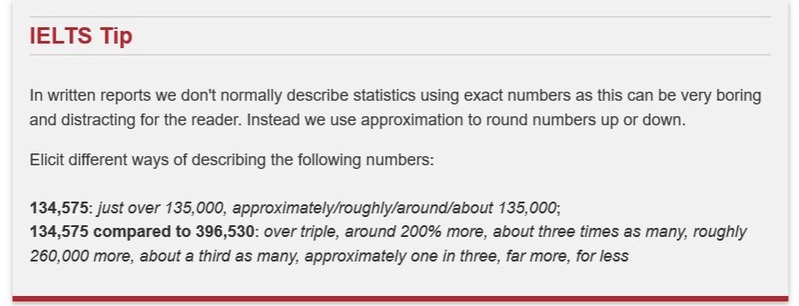下图显示了2000年以来印度和中国的人口数据,并预测了到2050年的人口增长。通过选择和报告主要特征来汇总信息,并在相关时进行比较。

The graph shows how the populations of India and China have changed since 2000 and how they will change in the future.
In 2000, there were more people living in China than in India. The number of Chinese was 1.25 billion, while India's population was about 1 billion. Between 2000 and 2010, there has been a 0.2 billion rise in the number of Indian citizens. Over the same period, China's population has increased by 0.1 billion to reach over 1.35 billion.
According to the graph, the population in India will increase more quickly than in China, and experts say that by 2030, both countries will have the same population of 1.45 billion. After this, China's population is likely to fall slightly to 1.4 billion in 2050, while India's population will probably increase and reach 1.6 billion.
Thus, over the 50-year period, India is going to experience steady growth in its population and it will overtake China. On the other hand, China's population will peak in 2030 and then begin to fall.
该图显示了自2000年以来印度和中国人口的变化以及未来的变化。
2000年,生活在中国的人数多于印度。 中国人口为12.5亿,而印度人口约为10亿。 从2000年到2010年,印度人数增加了2亿。同期,中国人口增加了1亿,达到13.5亿。
根据图表,印度的人口增长速度将比中国快,专家表示,到2030年,两国的人口总数都将达到14.5亿。 此后,到2050年,中国的人口可能会略微下降到14亿,而印度的人口可能会增加并达到16亿。
因此,在过去的50年中,印度的人口将稳定增长,并将超过中国。 另一方面,中国的人口将在2030年达到顶峰,然后开始下降。

在书面报告中,我们通常不会使用确切的数字来描述统计信息,因为这可能会使读者感到无聊和分散注意力。 相反,我们使用近似值将数字向上或向下取整。用不同的方式描述以下数字:
134,575:可以表述为approximately/roughly/around/about 135,000
134,575与396,530相比:可表述为over triple, around 200% more, about three times as many, roughly 260,000 more, about a third as many, approximately one in three, far more, for less




